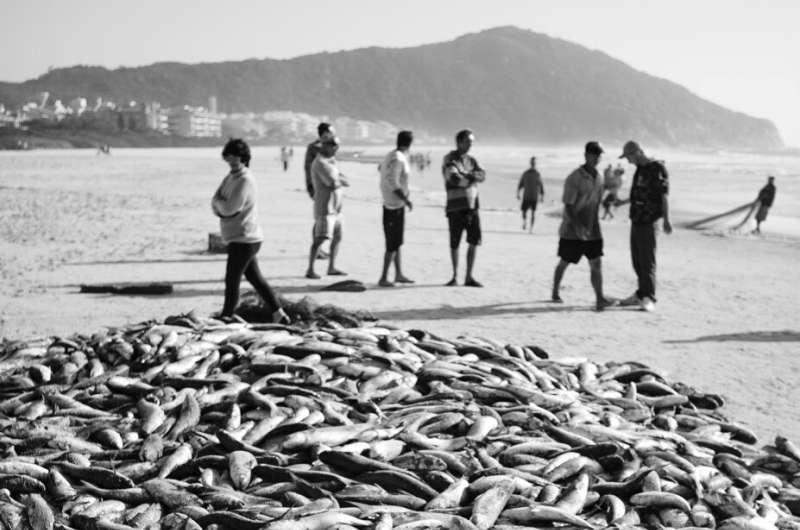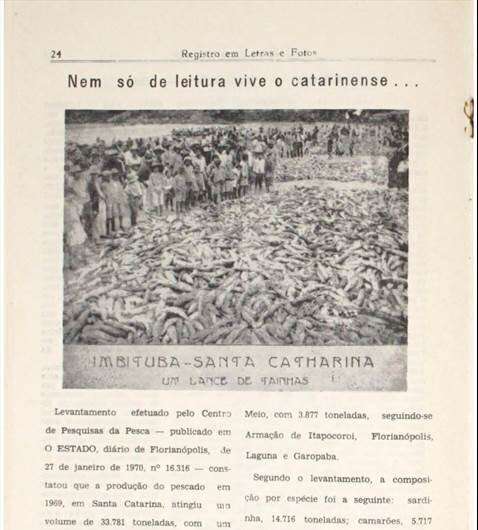This article has been reviewed according to Science X's editorial process and policies. Editors have highlighted the following attributes while ensuring the content's credibility:
fact-checked
peer-reviewed publication
trusted source
proofread
Diving into history: Newspapers offer historical perspectives on Brazil's marine biodiversity

Humans have depended on marine ecosystems as a source of food and livelihood for thousands of years along the Brazilian coast. Over the past few decades, increased fishing demands, cycles of profit-driven subsidy programs, and weak governance models have intensified commercial exploitation, leading to unprecedented catch levels and the decline of a number of stocks. Regrettably, the scale of these impacts remains unclear due to a pervasive lack of historical baselines.
A study carried out in Brazil, and published in PLOS ONE shows how scientists are making strides in our understanding of marine biodiversity over the past few hundred years.
The study, led by scientists of the Institute of Environmental Science and Technology at the Universitat Autònoma de Barcelona (ICTA-UAB) in Spain, examined over 20,000 newspaper articles published between 1840 and 2019 in the state of Santa Catarina (Brazil). They found that more than 250 species, including fish, sharks, shellfish, and mammals, were commercially exploited in the past 180 years.
The study also shows that species at the highest level of the food chain, including groupers and sharks, were commonly reported in newspapers between the late 19th and mid-20th century. Intriguingly, these species became less frequent in more recent newspapers, while low trophic level organisms, such as mollusks and crustaceans, increased.

Dannieli Herbst, leading author from ICTA-UAB and the UAB Department of Prehistory, says, "Marine species were usually reported in the context of subsistence and commercial fisheries. This implies that their popularity in newspapers reflects their abundance and importance to commercial fisheries and consumers."
"Consequently, the results reveal that high trophic level and large-bodied species were more abundant in the past but became rare in recent decades. Our results agree with previous studies showing a similar trend in recent decades due to overfishing."
André Colonese, senior author of the study from ICTA-UAB and the UAB Department of Prehistory, emphasizes the importance of this study because "it predates official national landing reports and the results hint at changes in the ecological, socio-cultural, economic, and market importance of aquatic animals over time. Our work expands the current knowledge on historical fish catch compositions in the southwestern Atlantic Ocean, while advocating for the integration of historical data in ocean sustainability initiatives."
"It is astonishing how much information on species diversity and consumer perception of changes can be extracted from public media such as newspapers," said Luiz Geraldo S. Da Silva, historian from the Universidade Federal do Paraná (Brazil) and co-author of the study.
More information: Dannieli Firme Herbst et al, 180 years of marine animal diversity as perceived by public media in southern Brazil, PLOS ONE (2023). DOI: 10.1371/journal.pone.0284024
Journal information: PLoS ONE
Provided by Autonomous University of Barcelona



















